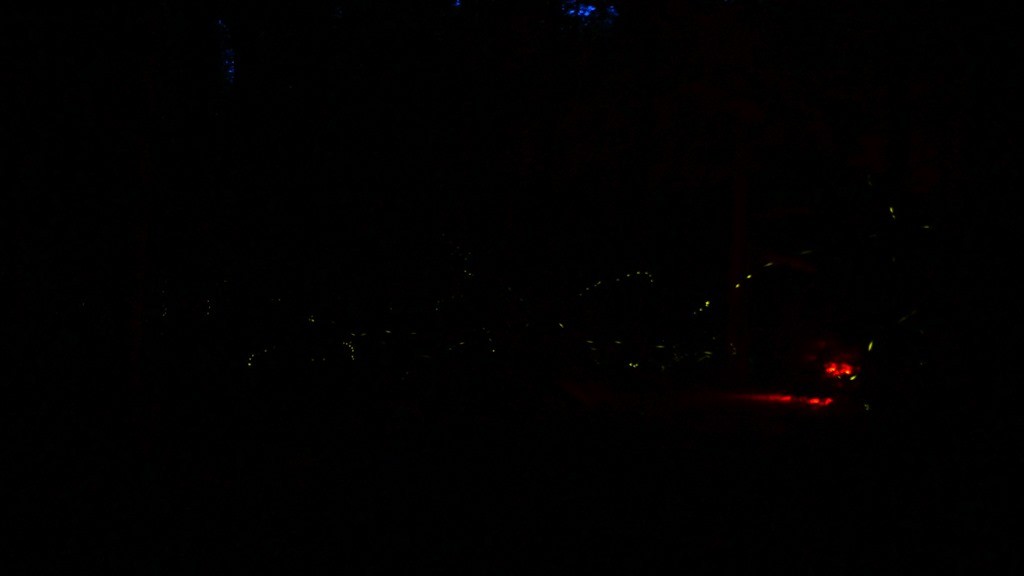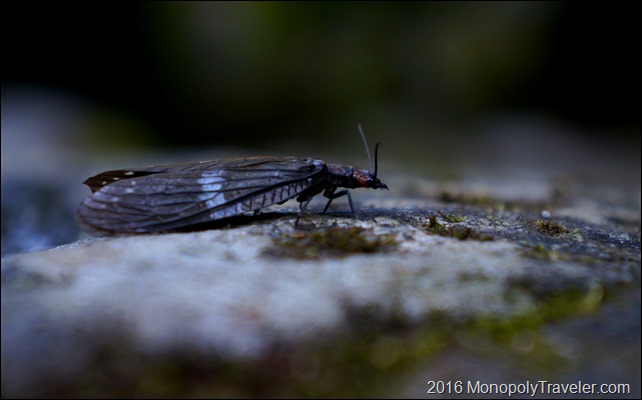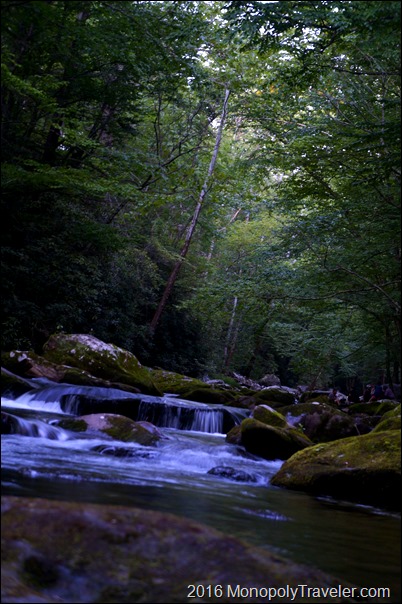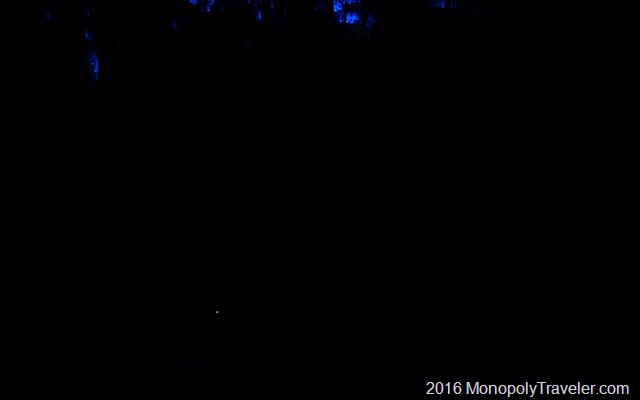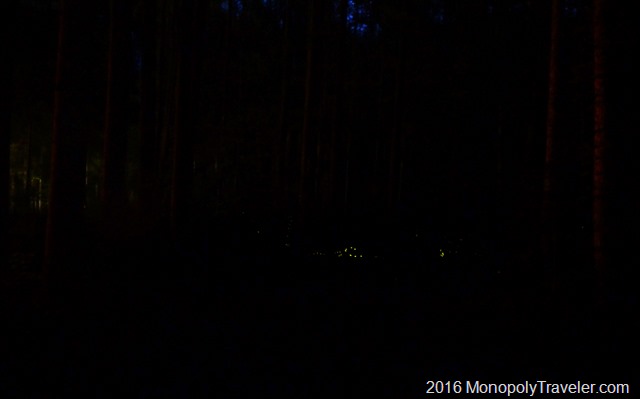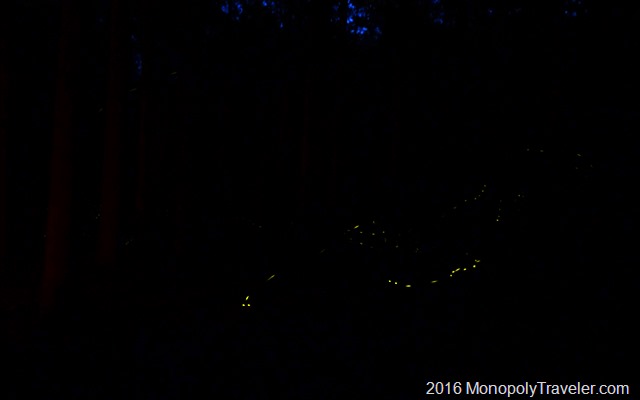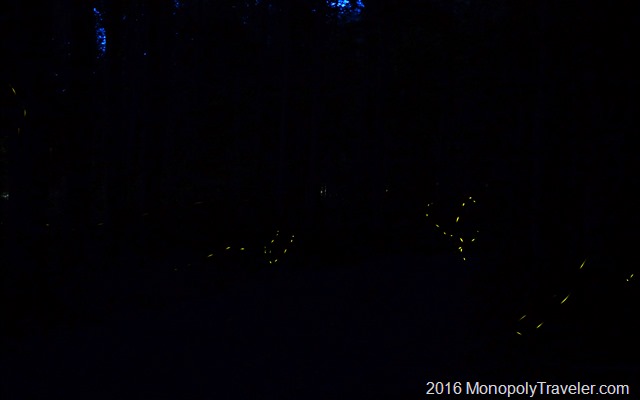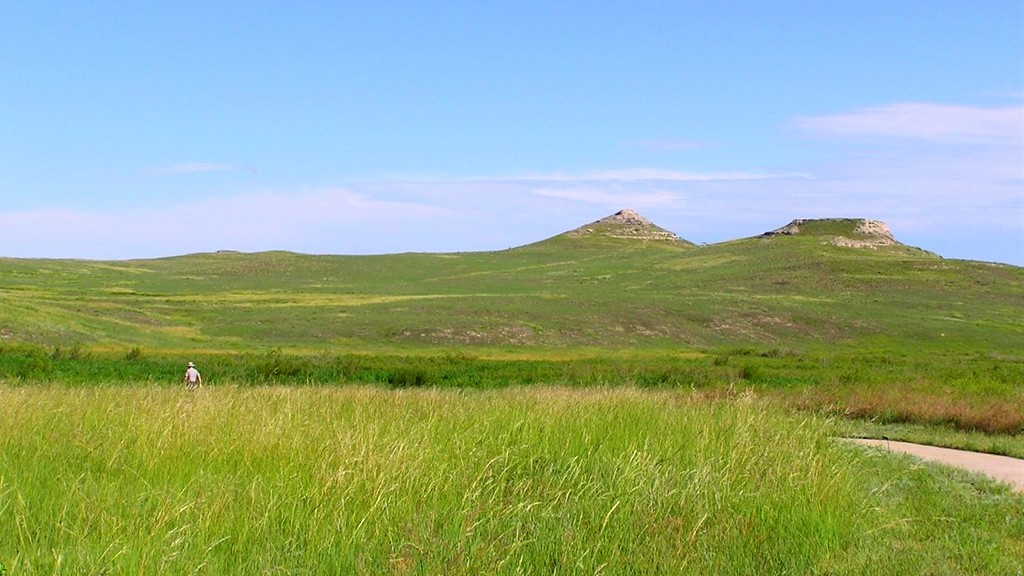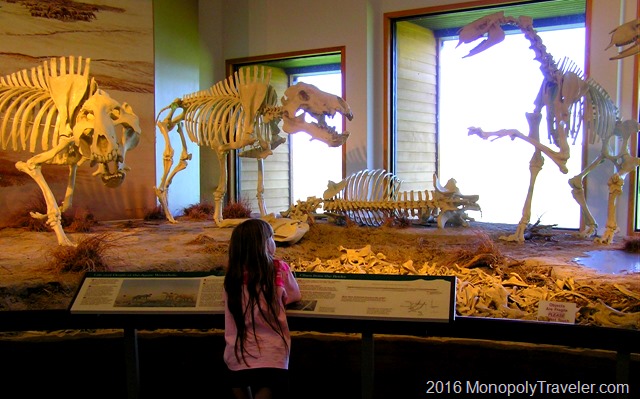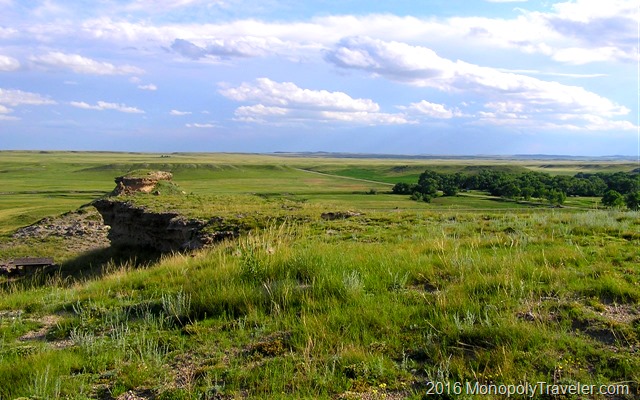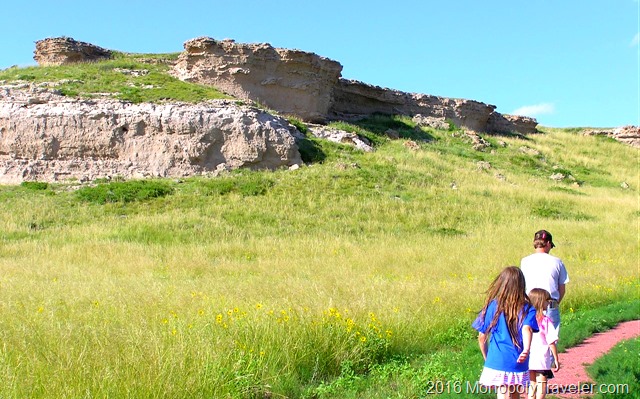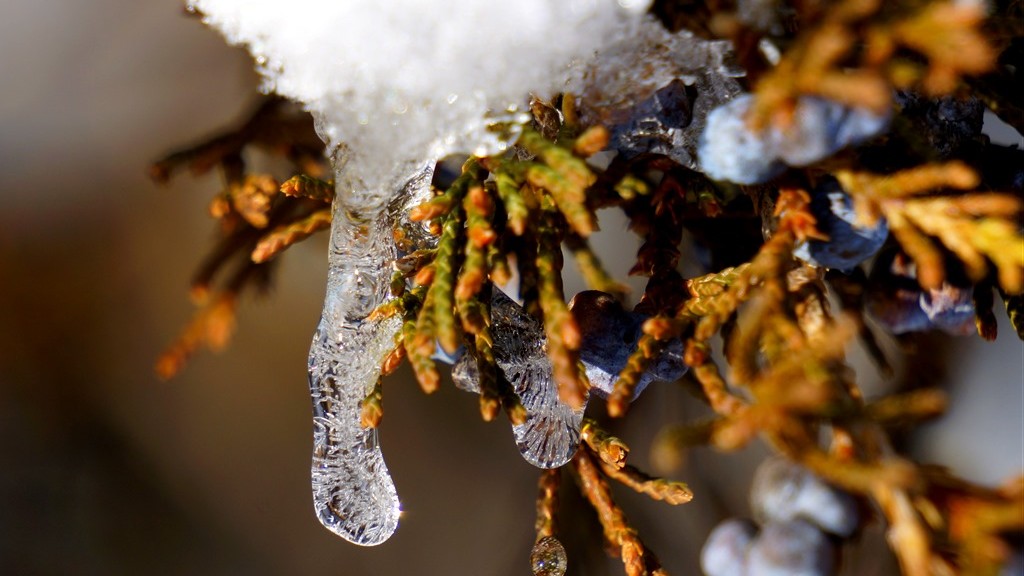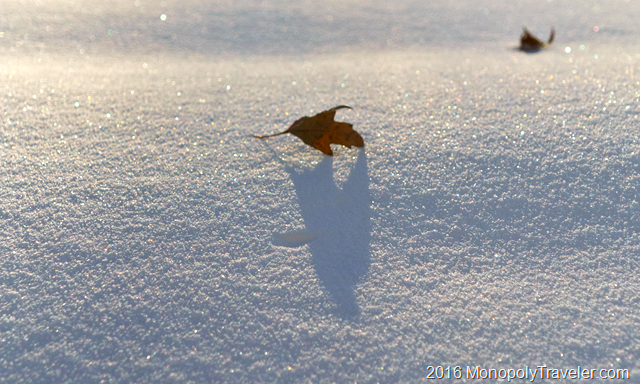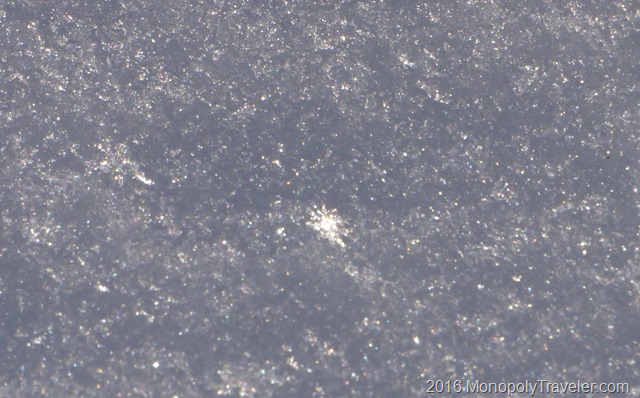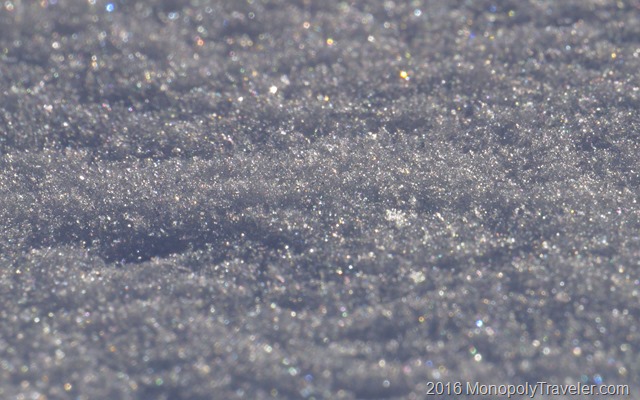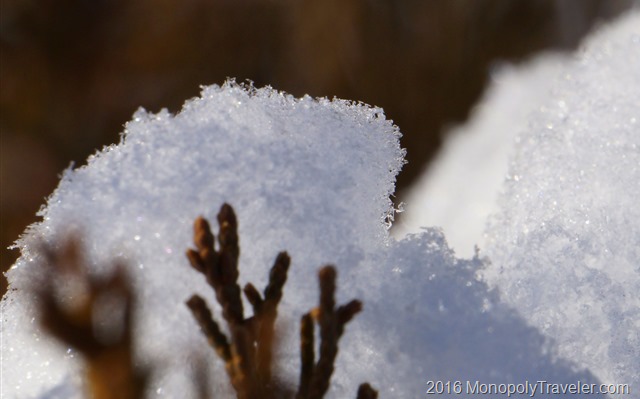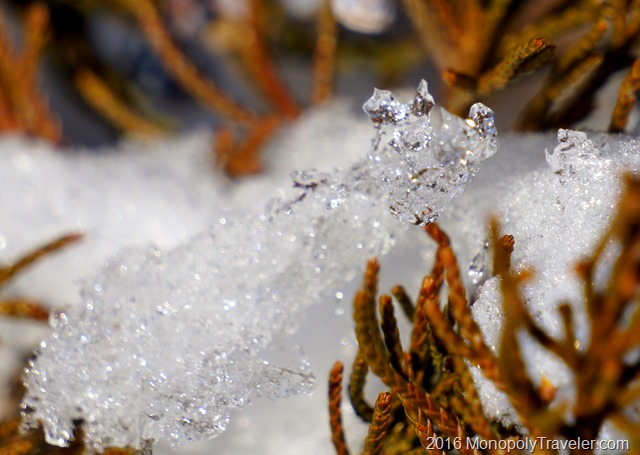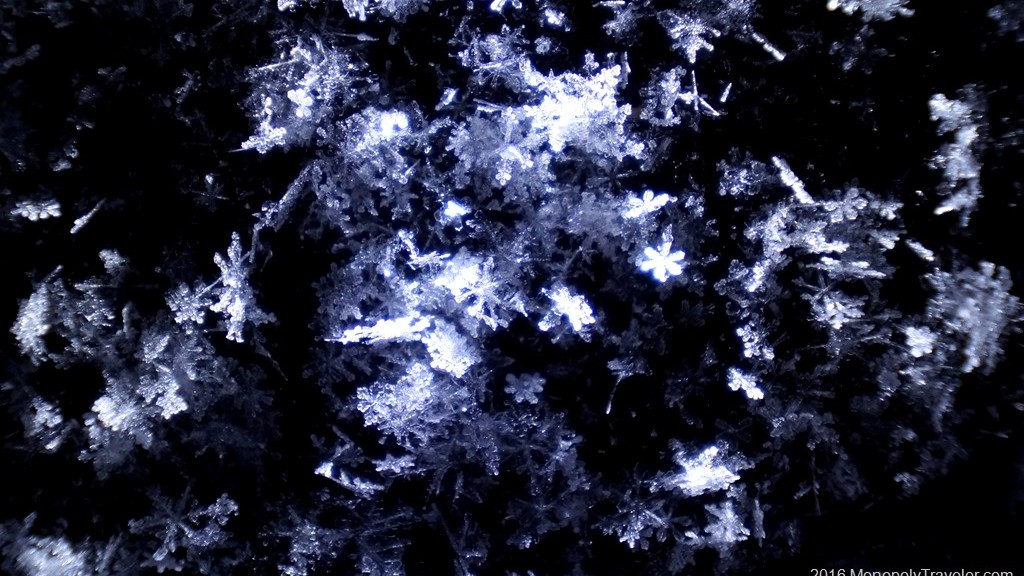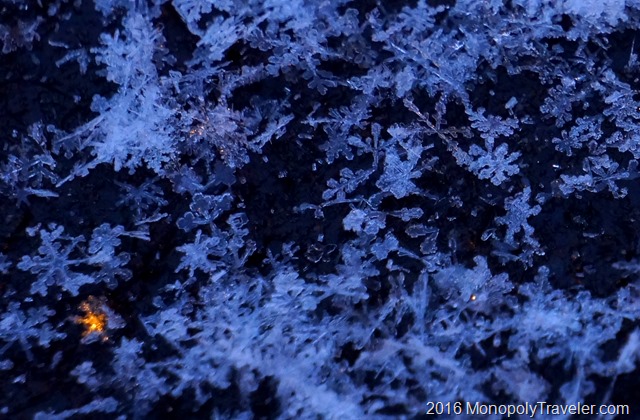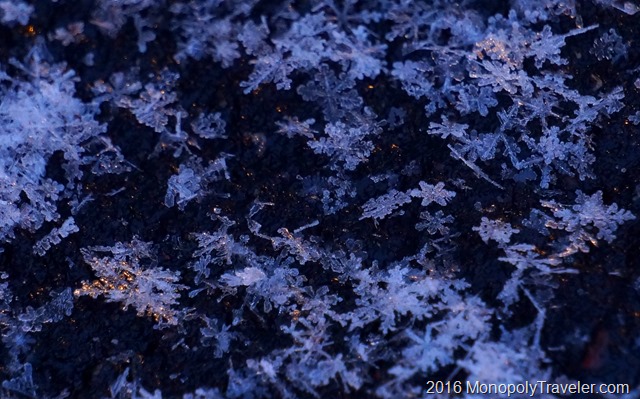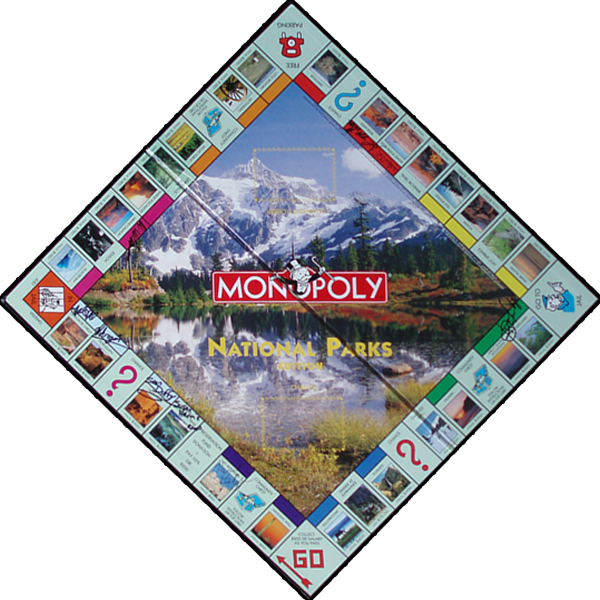While exploring Great Smoky Mountain National Park we came across a brochure explaining the synchronous fireflies. Fireflies are visible in many areas and we’ve enjoyed and evening or two watching these interesting little insects near our home. I’ve even taken some time to try and photograph their nighttime dances with some success. It was decided that a trip to Elkmont, which is the best location for viewing this nightly light show in June, that night would be an enjoyable way to end a great day in the Smokies.
According to the brochure, the peak days were already behind us but that there were great light shows for several weeks still to be seen. As we arrived in the Elkmont area our first challenge was to find a spot to park which proved more difficult than expected as we were there a couple of hours before nightfall. Apparently we weren’t the only ones wanted to witness these synchronous fireflies. Eventually we followed others and parked alongside the road and walked back to the viewing area which was being descended on by hundreds of other people. This must be a good show if there are this many people here this early in the evening.
As darkness began to fall over the area we wondered into the forest next to Little River and found what appeared to be a nice relaxing spot to lose ourselves in the increasing darkness along with others hoping to witness a firefly spectacle. While waiting for these insects to begin their show we explored the river’s edge until a flash caught our attention back in the woods. And then another, and another. The show was beginning! As the minutes went by there was some firefly flashing but nothing more spectacular than we would see near home. After about 20 minutes we decided it was time to retire for the evening as it was a long and eventful day leaving us ready for our pillows.
On our way out of the forest we stopped to talk with another couple who lived in the area. During the conversation they explained that the show had not really started yet and we should stay awhile longer. Soon after there were golden streams of light blinking all over. It was beautiful and exciting to watch. They were all over the place showing off their tricks of flight and color. Now it makes sense what all the publicity was about. We couldn’t imaging what the show would be like during the peak season. Now this was about as perfect as it could be to end a day full of adventures.

